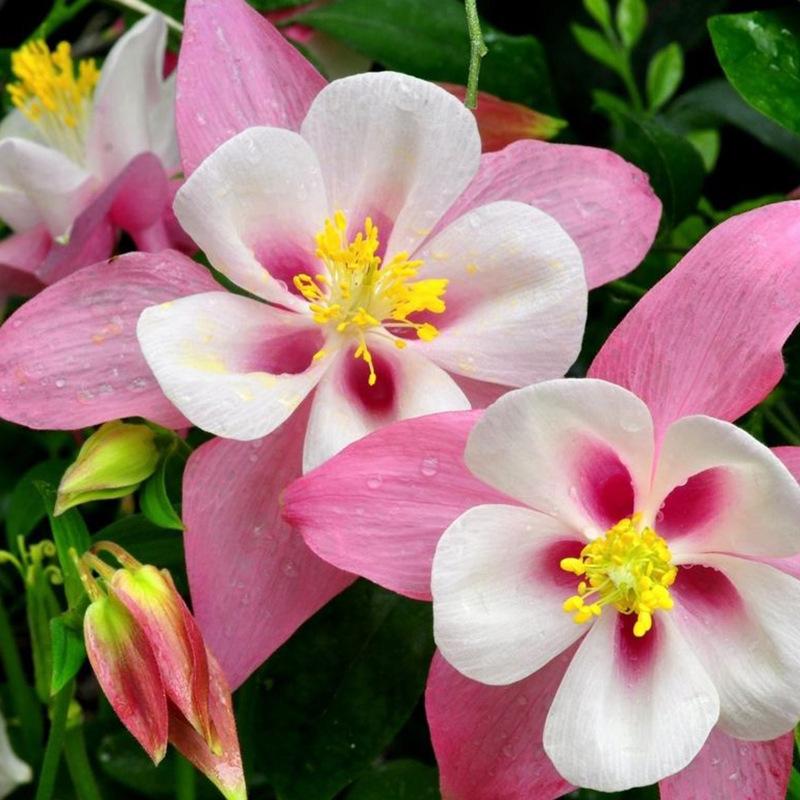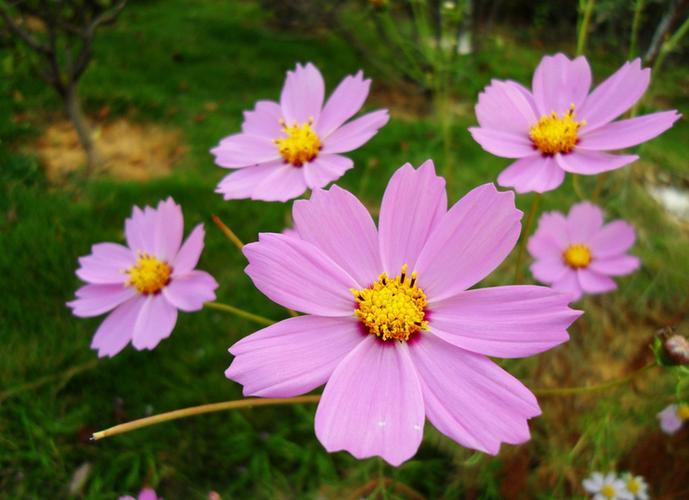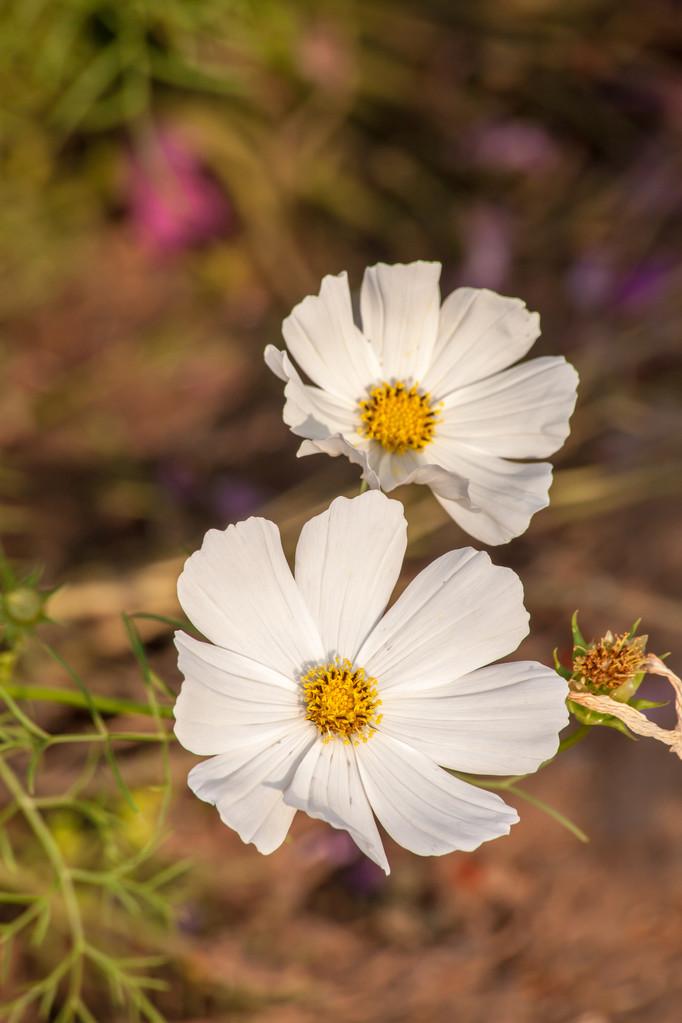Cerastium, commonly known as Snow-in-Summer, has an interesting origin story. According to Greek mythology, when the goddess Artemis wept for her beloved brother Apollo, her tears fell upon the earth and gave birth to beautiful white flowers. These flowers were named Cerastium, meaning “horn” in Greek, as their petals resembled the shape of deer antlers. Since then, Cerastium has been admired for its delicate blooms and has become a symbol of love, sorrow, and the enduring bond between siblings.
Picture
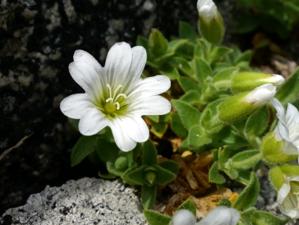
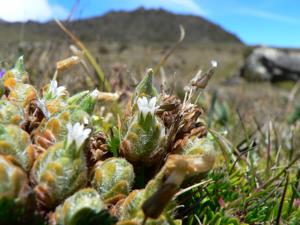
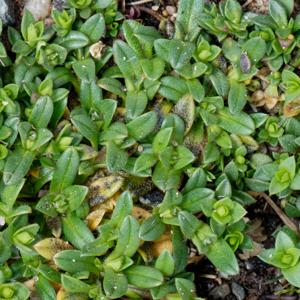
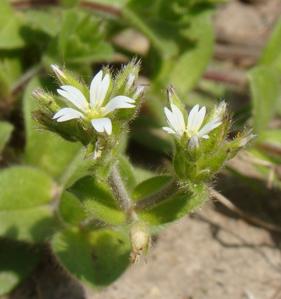
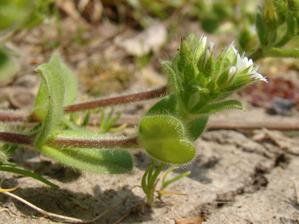
Plant some seeds now!
Short Description
Cerastium is a genus of annual, winter annual, or perennial flowering plants belonging to the family Caryophyllaceae. They are commonly called mouse-ears or mouse-ear chickweeds. There are 214 accepted species, found nearly worldwide but with the greatest concentration in the northern temperate regions. A number of the species are common weeds in fields and on disturbed ground.
Cerastium uniflorum
Cerastium tolucense
Cerastium species are used as food plants by the larvae of some Lepidoptera species including Coleophora chalcogrammella (which feeds exclusively on Cerastium arvense) and Coleophora striatipennella (which has been recorded on Cerastium fontanum).

